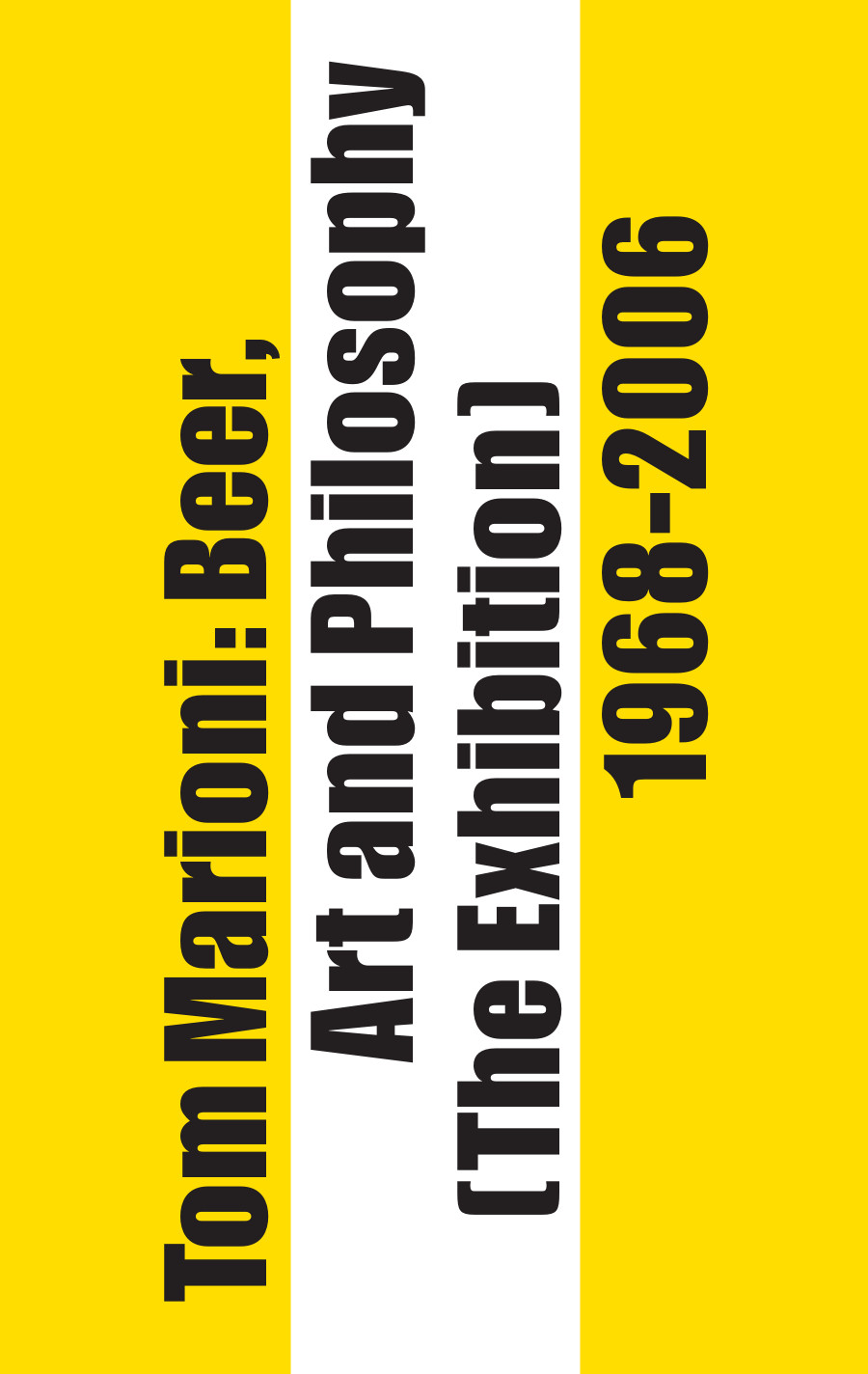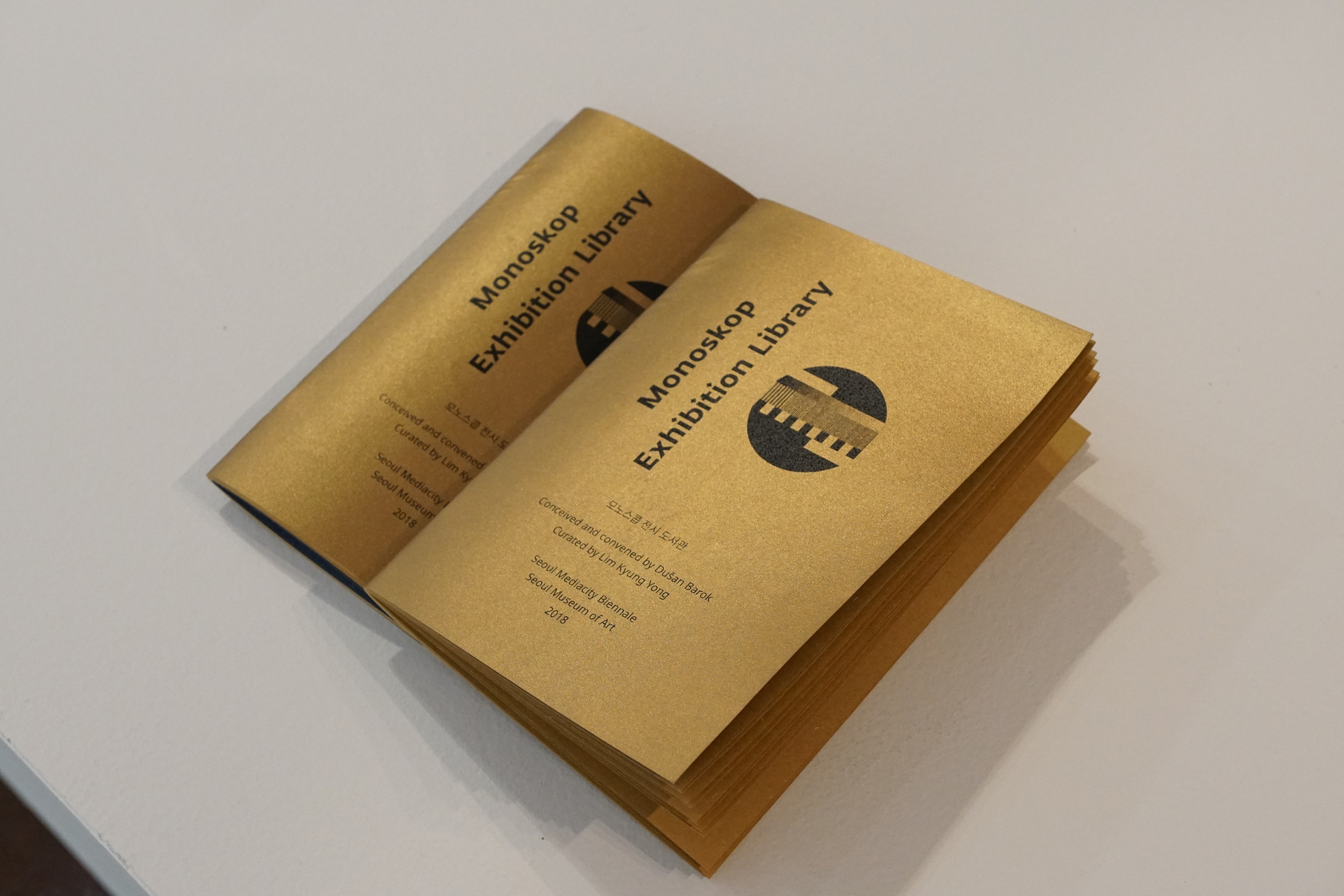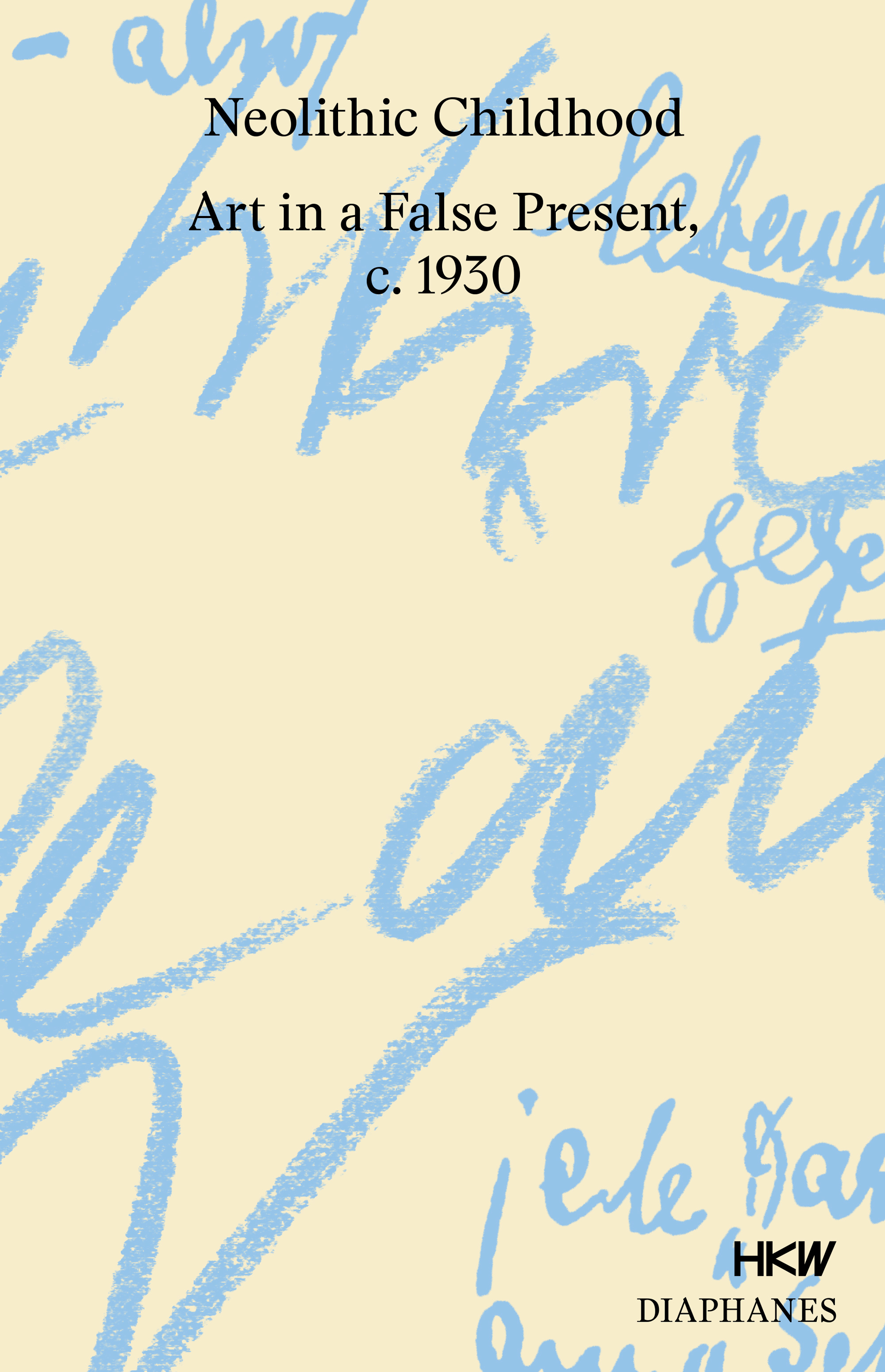Tom Marioni: Beer, Art and Philosophy (The Exhibition), 1968-2006 (2006)
Filed under catalogue | Tags: · art, conceptual art, everyday

“Tom Marioni: Beer, Art, and Philosophy (The Exhibition), 1968–2006 surveys nearly forty years of the artist’s engagement with experience as art. Born in Cincinnati in 1937, Marioni studied drawing, sculpture, and printmaking at the Cincinnati Art Academy, and in 1959 moved to San Francisco where he began to experiment with performance, sound, the sense of taste, and other non-traditional media.
A pioneer of the West Coast Conceptual Art movement, Marioni drew inspiration from artists such as Marcel Duchamp (1887–1968), John Cage (1912–1992), and Joseph Beuys (1921–1986), all of whom challenged the conventions of art. Emphasizing ideas as material for art, these artists exercised a profound influence on Marioni and other conceptual artists of the 1960’s. In 1968, Marioni became a curator at the Bay Area’s Richmond Art Center, where he mounted a series of ambitious Conceptual Art shows. In 1970, he founded the Museum of Conceptual Art in San Francisco, where he continued to experiment, viewing the concept of the museum as an extension of his work, until he closed it in 1984.
Following in the tradition of the “readymade”—Duchamp’s name for common or found objects, which he recontextualized as art—Marioni employed mundane substances such as beer, elevating its significance from a common means of socialization to a catalyst for creative expression and social interaction. This meant that drinking beer with friends could be as profound an experience as gazing at the Mona Lisa. Thus, in Marioni’s view, the act of communication itself takes on aesthetic significance. Like Cage, whose work highlighted chance and ordinary sounds as music, Marioni attempts to make art that is as close to everyday life as possible without becoming life itself. Similar to Beuys, who privileged creative action over the precious and static art object, Marioni’s conversations and gatherings expand the conventions of painting and sculpture.”
Foreword by Linda Shearer
Publisher Contemporary Arts Center, Cincinnati, Ohio, 2006
ISBN 9780917562778, 0917562771
68 pages
Monoskop Exhibition Library (2018) [English/Korean]
Filed under catalogue | Tags: · art documentation, artists book, catalogue, library, monoskop, video art

The Exhibition Library reimagines the medium of art exhibition as well as that of art catalogue. Catalogues carry exhibitions through time and space, figuring as tropes for imagining arrangements and the course of works and settings they describe. However, they rarely give us a clue about what really happened, since they are often made before the show opens. Rather than documenting it, they often stand on their own, almost as if another work on display, truly as an artistic medium on its own. For this work, artists, designers, curators, poets and collectives created thirty catalogues of imaginary exhibitions. Exploring both the potential and impossible in art, the resulting exhibition library also serves as a “library of exhibitions.”
With works by the Archive of the Museum of American Art-Berlin, Joana Chicau, Vuk Ćosić, Annet Dekker, Leslie Drost-Robbins, Espen Sommer Eide, Kenneth Goldsmith, Sarah Hamerman and Sam Hart, Seewon Hyun, Václav Janoščík and Eva Skopalová, Geraldine Juárez, Josefina Björk and Bhavisha Panchia, Mara Karagianni and John Colenbrander, Richard Kitta and Michal Murin, Jungmin Lee, Signe Lidén, Silvio Lorusso and Sebastian Schmieg, Ilan Manouach, Darija Medić, Multimedia Institute Zagreb (Tomislav Medak, Marcell Mars, et al.), Michal Murin, Possible Bodies (Femke Snelting and Jara Rocha), Purple Noise, Jürgen Rendl, Danny Snelson, Supermuch, Technopolitics Working Group (John Barker, Sylvia Eckermann, Doron Goldfarb, Armin Medosch, Gerald Nestler, Felix Stalder, Axel Stockburger, Matthias Tarasiewicz, Thomas Thaler, Ina Zwerger, et al.), Charles Turner, Takuma Uematsu, Yuki Hayashi, Tadashi Kobayashi and Tetsuya Goto, Marina Valle Noronha, and Amy Suo Wu.
Presented as part of Seoul Mediacity Biennale, Seoul Museum of Art, Korea, 5 September – 18 November 2018.
Edited by Dušan Barok
Publisher Monoskop, Amsterdam, with The Book Society, Seoul, 2018
47 pages
HTML (includes PDFs of several contributed works)
PDF
Internet Archive
Humanities Commons
ARG
Issuu
Scribd
Anselm Franke, Tom Holert (eds.): Neolithic Childhood: Art in a False Present, c. 1930 (2018)
Filed under book, catalogue | Tags: · art, art history, autonomy, avant-garde, capitalism, formalism, gesture, hallucination, modernism, primitivism, surrealism, totality

“Resonating at the heart of Neolithic Childhood. Art in a False Present, c. 1930 is the question whether art has present, past, and future functions. The modernist assertion of the autonomy of art was intended to render superfluous art’s social and religious functions. But what if the functionlessness of art comes under suspicion of being instrumentalized by bourgeois capitalism? This was an accusation that informed the anti-modernist critique of the avant-garde, and particularly of Surrealism. The objective throughout the crisis-ridden present of the 1920s to the 1940s was to reaffirm a once ubiquitous, but long-lost functionality—not only of art.
The publication accompanying the exhibition examines the strategies deployed in this reaffirmation. These include the surrealist Primitivism of an “Ethnology of the White Man” together with the excavation of the deep time of humanity—into the “Neolithic Childhood” mapped out by the notoriously anti-modernist Carl Einstein (1885-1940) as a hallucinatory retro-utopia. The volume brings together essays by the curators and academics involved in the project, primary texts by Carl Einstein and a comprehensive documentation of the exhibition including lists of works, texts on as well as images of numerous exhibits and finally installation views. At the center of the volume, a glossary discusses Carl Einstein’s own theoretical vocabulary as well as further associated terms, such as Autonomy, Formalism, Function, Gesture, Hallucination, Art, Metamorphosis, Primitivisms, Totality.”
With contributions by: Irene Albers, Philipp Albers, Joyce S. Cheng, Rosa Eidelpes, Carl Einstein, Anselm Franke, Charles W. Haxthausen, Tom Holert, Sven Lütticken, Ulrike Müller, Jenny Nachtigall, David Quigley, Cornelius Reiber, Erhard Schüttpelz, Kerstin Stakemeier, Maria Stavrinaki, Elena Vogman, Zairong Xiang, Sebastian Zeidler.
Publisher Diaphanes, Berlin, and Haus der Kulturen der Welt (HKW), Berlin, 2018
ISBN 9783035801064, 3035801061
460 pages
Exhibition and conference
Publisher
Publisher
WorldCat
PDF (removed on 2018-9-12 upon request from publisher, see a preview of the first 32 pages)
Comment (0)
